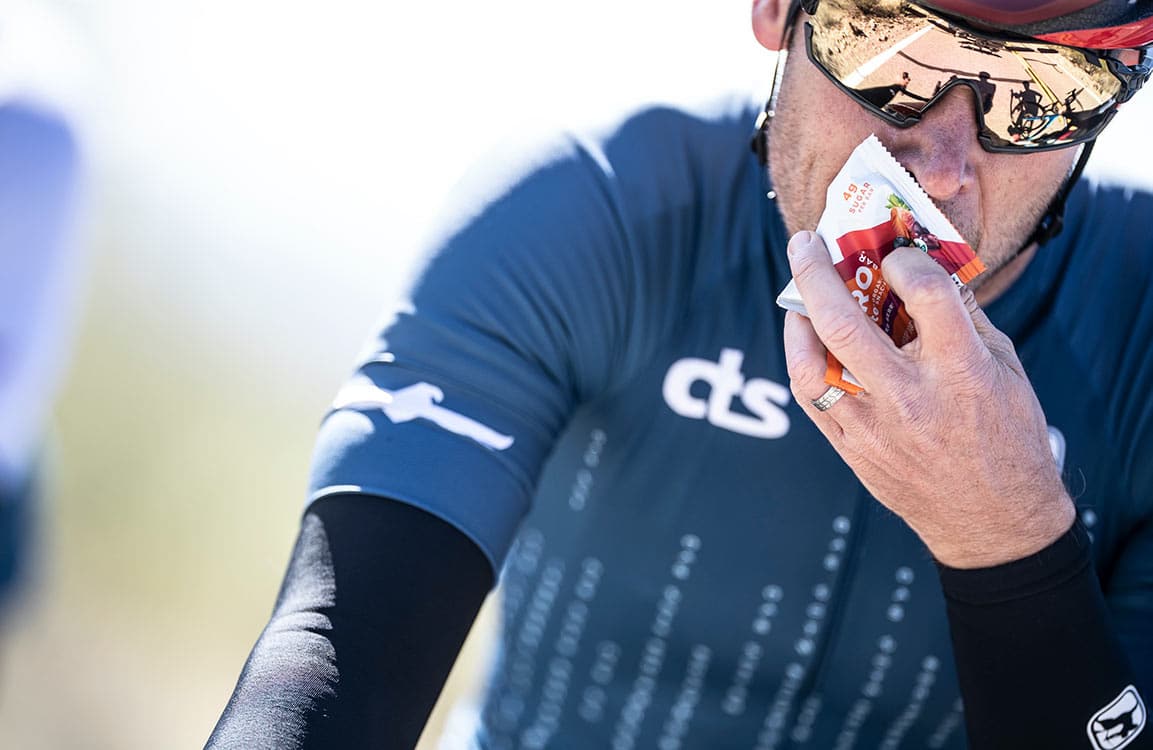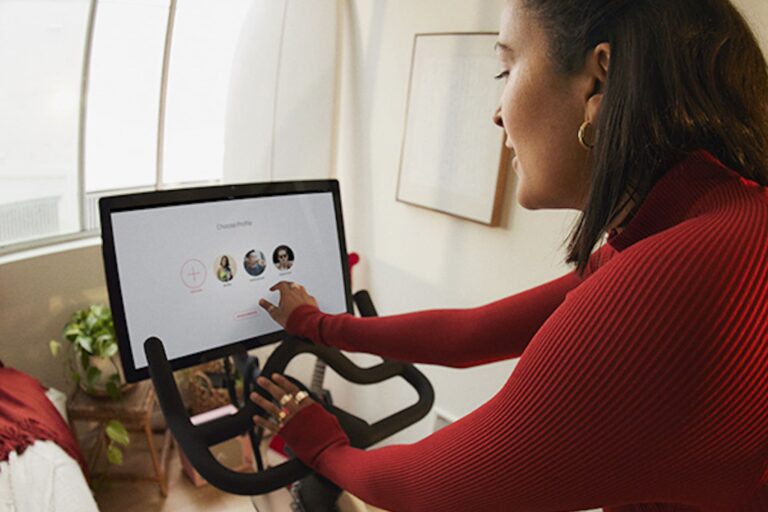How Many Calories Does Peloton Ride Burn? Unlock the Power of Burning Calories
Riding a Peloton bike can burn a significant amount of calories, with an average of 500 to 700 calories burned per hour.
Understanding The Basics Of Burning Calories On A Peloton Bike
When it comes to fitness, burning calories is a key goal for many individuals. If you own a Peloton bike or are considering purchasing one, you may be wondering how many calories you can burn during a workout. Understanding the basics of burning calories on a Peloton bike can help you maximize your fat-burning potential and make the most out of your workouts. In this post, we’ll explore the factors that determine calorie burn, the science behind burning calories during exercise, and how the Peloton bike calculates calorie burn.
Factors that Determine Calorie Burn on a Peloton Bike
Several factors contribute to the number of calories burned during a Peloton bike ride. These include:
- Body Weight: The higher your weight, the more calories you are likely to burn during exercise.
- Intensity: The effort and intensity you put into your workout have a direct impact on calorie burn. Higher resistance levels and faster speeds can increase the number of calories burned.
- Duration: The longer you ride, the more calories you will burn. However, keep in mind that intensity also plays a role, so a shorter high-intensity workout can still lead to significant calorie burn.
- Efficiency: Your individual metabolic rate and fitness level can affect how efficiently your body burns calories during exercise.
The Science Behind Burning Calories During Exercise
Calories are a measure of energy, and burning calories during exercise is a process that involves the conversion of stored energy (from food) into usable energy. When you ride a Peloton bike, your muscles contract and produce energy, which requires fuel in the form of calories. The more intense your workout, the more energy your muscles need, leading to a higher calorie burn.
How the Peloton Bike Calculates Calorie Burn
The Peloton bike uses a combination of factors such as resistance, speed, and user input to estimate calorie burn. It takes into account the user’s weight, duration of the ride, and the resistance level chosen. By inputting this data, the Peloton bike’s algorithm calculates an estimated calorie burn for each workout.
In conclusion, understanding the basics of burning calories on a Peloton bike can help you set realistic fitness goals and make the most out of your workouts. Factors such as body weight, intensity, duration, and efficiency all play a role in determining calorie burn. The science behind burning calories involves converting stored energy into usable energy during exercise. The Peloton bike calculates calorie burn by considering user input and a combination of factors. By tracking your calorie burn on the Peloton bike, you can monitor your progress and stay motivated on your fitness journey.
Maximize Calorie Burn: Optimizing Your Peloton Ride
Maximize Calorie Burn: Optimizing Your Peloton Ride
The different types of Peloton classes for calorie burn
Peloton offers a variety of classes that cater to different fitness goals and preferences. When it comes to calorie burn, certain types of classes tend to be more effective than others. Some of the best classes for maximizing calorie burn include:
- Power Zone: Power Zone classes focus on interval training and varying intensity levels for optimal calorie burn.
- HIIT: High-Intensity Interval Training classes incorporate intense bursts of exercise followed by short periods of rest, resulting in a higher calorie burn.
- Tabata: Tabata classes are known for their intense, high-energy workouts that can significantly increase calorie burn.
- Climbing: Climbing classes simulate uphill rides, requiring more effort and energy expenditure, leading to more calories burned.
- Endurance: Endurance classes focus on longer, steady-state rides, resulting in sustained calorie burn over a longer period.
Intensity levels and calorie burn
The intensity level at which you ride your Peloton bike plays a crucial role in determining the number of calories burned. Higher intensities generally lead to increased caloric expenditure. It’s important to find a balance that challenges you without overexerting yourself. Here are some key intensity levels and their associated calorie burn:
| Intensity Level | Calories Burned |
|---|---|
| Low to moderate | Approximately 200-300 calories per hour |
| Moderate to high | Approximately 400-600 calories per hour |
| High to very high | Approximately 700-1000 calories per hour |
Tips and techniques to maximize calorie burn on a Peloton bike
Here are some tips and techniques to help you maximize your calorie burn on a Peloton bike:
- Vary your classes: Incorporate a mix of high-intensity classes like HIIT and Tabata along with longer endurance rides to challenge your body and boost calorie burn.
- Adjust resistance: Increasing the resistance on your bike can significantly increase the effort required, leading to more calories burned.
- Interval training: Alternate between periods of high intensity and recovery to maximize calorie burn and improve cardiovascular fitness.
- Engage your core: Activating your core muscles while riding helps to engage more muscles and increase overall calorie burn.
- Proper form and technique: Pay attention to your form, maintain a proper posture, and pedal efficiently to optimize your calorie burn and prevent injuries.
Tracking And Monitoring Calorie Burn On Your Peloton Rides
Tracking and monitoring your calorie burn on your Peloton rides is an effective way to measure your progress and stay motivated in your fitness journey. Whether you’re looking to lose weight or improve your overall health and fitness, understanding how many calories you burn during each ride can help you make informed decisions and set realistic goals.
Understanding the accuracy of Peloton’s calorie burn metric
When it comes to tracking your calorie burn on your Peloton rides, you may be wondering just how accurate the Peloton’s calorie burn metric is. Peloton uses a combination of factors such as speed, resistance, duration, and user weight to estimate the number of calories burned during a ride. While Peloton’s calorie burn metric is generally considered reliable, it’s important to note that it’s still an estimate and may not be 100% accurate for everyone.
How to use heart rate monitoring to track calorie burn
One way to enhance the accuracy of calorie burn tracking on your Peloton rides is by using heart rate monitoring. By wearing a compatible heart rate monitor and connecting it to your Peloton bike or app, you can get a more accurate picture of your calorie burn. Peloton uses heart rate data along with other factors to provide a more personalized and precise estimate of the calories you’re burning during each ride.
Here’s how you can use heart rate monitoring to track your calorie burn on a Peloton ride:
- Make sure you have a heart rate monitor that’s compatible with the Peloton bike or app.
- Connect your heart rate monitor to your Peloton bike or app following the manufacturer’s instructions.
- During your ride, pay attention to your heart rate and try to stay within your target heart rate zone for optimal calorie burn.
- After your ride, check the Peloton metrics to see your estimated calorie burn based on your heart rate data.
Using heart rate monitoring in conjunction with Peloton’s calorie burn metric can give you a more accurate and personalized measurement of the calories you’re burning during your rides.
Comparing Peloton calorie burn to other fitness activities
If you’re curious about how Peloton rides stack up against other fitness activities in terms of calorie burn, it’s important to note that the number of calories burned can vary depending on several factors such as intensity, duration, and individual characteristics. However, Peloton rides are known to be an efficient and effective way to burn calories.
To give you an idea of the calorie burn potential of Peloton rides, here’s a comparison of calories burned per hour for various activities:
| Activity | Calories Burned per Hour (approx.) |
|---|---|
| Peloton Ride (moderate intensity) | 400-600 calories |
| Running (6 mph) | 600-700 calories |
| Cycling (12-14 mph) | 500-600 calories |
| High-Intensity Interval Training (HIIT) | 500-800 calories |
Please note that these numbers are approximate and can vary depending on factors such as speed, resistance, and individual characteristics. However, Peloton rides can be an effective way to burn calories and achieve your fitness goals.
By tracking and monitoring your calorie burn on your Peloton rides, using heart rate monitoring, and comparing it to other activities, you can stay motivated and make informed decisions to optimize your fitness journey.

Credit: trainright.com
Frequently Asked Questions Of How Many Calories Does Peloton Ride Burn
How Many Calories Can You Burn In 30 Minutes On A Peloton?
In 30 minutes on a Peloton, you can burn around 250-400 calories, depending on your weight and intensity. Cycling on a Peloton is an effective way to burn calories and aid in weight loss.
How Many Calories Do You Burn On The Peloton Bike?
The Peloton bike can burn calories, but the exact amount varies depending on factors like weight, intensity, and duration of the ride. Use a calorie calculator or fitness tracker for a more accurate estimate.
Is Peloton Good For Losing Weight?
Yes, Peloton is good for losing weight. Cycling on a Peloton can help burn belly fat and aid in weight loss. It is an effective form of exercise that can contribute to your fitness goals.
Does Riding A Peloton Burn Belly Fat?
Riding a Peloton can help burn belly fat. Cycling is an effective way to lose weight and shed belly fat. Whether you ride on a Peloton bike or outdoors, cycling can contribute to weight loss.
Conclusion
The Peloton ride can burn a significant amount of calories, making it an effective tool for weight loss and improving fitness. While the exact number of calories burned will vary depending on factors such as intensity, duration, and individual characteristics, it is generally agreed that the Peloton ride can be a highly effective exercise for calorie burning.
Incorporating regular Peloton sessions into your fitness routine can contribute to achieving your weight loss goals and improving overall health and well-being. Remember to consult with a healthcare professional before starting any new exercise program.







